
ISO 27001 Cloud Audit Support that strengthens Compliance
A concise guide to ISO 27001 cloud Audit support that helps teams strengthen compliance & simplify Cloud Security audits.
Welcome to our Journal where you will be able to find our latest articles on Cybersecurity
Submit the form to speak to an expert!

A concise guide to ISO 27001 cloud Audit support that helps teams strengthen compliance & simplify Cloud Security audits.

A concise guide to the ISO 27001 SaaS security checklist that helps B2B leaders strengthen trust & streamline compliance.
A clear guide to using an ISO 27001 Policy Compliance tracker for structured oversight & strong information protection.

A clear ISO 42001 AI Governance workflow builds practical Accountability & structured Oversight for safe & trusted AI use.
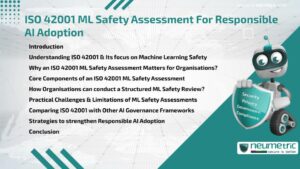
A clear guide to mastering ISO 42001 ML Safety Assessment for responsible AI adoption with practical steps & balanced insights.
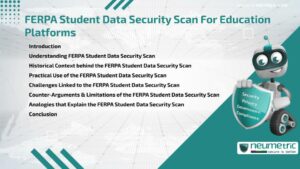
A clear overview of the FERPA Student Data Security Scan that helps Education platforms protect Learner information.
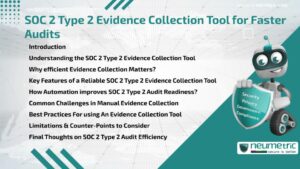
A clear guide to the SOC 2 Type 2 Evidence Collection Tool & how it simplifies Audits with Automation & organised Workflows.
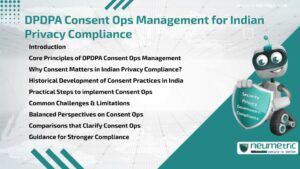
A clear & practical guide to DPDPA Consent Ops Management for strong Indian Privacy Compliance.
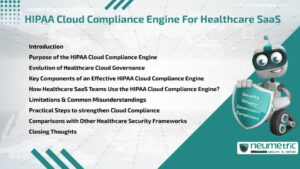
A clear guide to the HIPAA Cloud Compliance engine for Healthcare SaaS & how it helps teams manage Cloud Governance with simple structured methods.
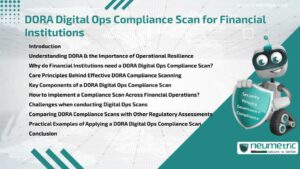
A DORA Digital Ops Compliance Scan strengthens Financial resilience by identifying Gaps, improving Oversight & supporting structured Regulatory Compliance.

A clear guide to ISO 27001 Gap Assessment, explaining how it speeds up Certification & improves Readiness.
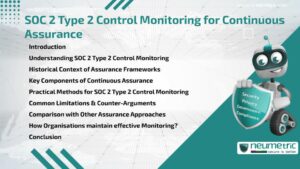
A clear guide to SOC 2 Type 2 Control Monitoring that explains Continuous Assurance in simple terms for Organisations seeking dependable oversight.

A clear guide to the EU GDPR Data Mapping Tool & how it strengthens Data Transparency for Organisations.

A concise guide to help teams understand & apply a SOC 2 Type 2 Certification planner for stronger security & reliable trust.

A clear guide to ISO 42001 Responsible AI Controls & how they enhance Trust through structured Governance & practical Safeguards.

A clear guide to ISO 27001 Cloud Controls & how they help organisations strengthen their security posture through structured & practical safeguards.
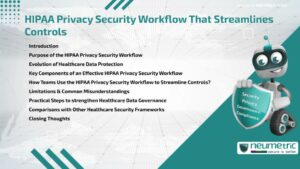
A clear & practical guide to the HIPAA Privacy Security Workflow that helps teams streamline Controls & strengthen Healthcare Data Protection.
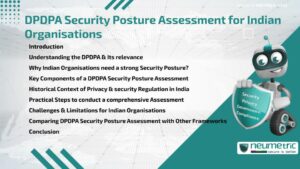
A DPDPA Security Posture Assessment helps Indian Organisations strengthen Privacy Controls & meet Compliance needs effectively.

